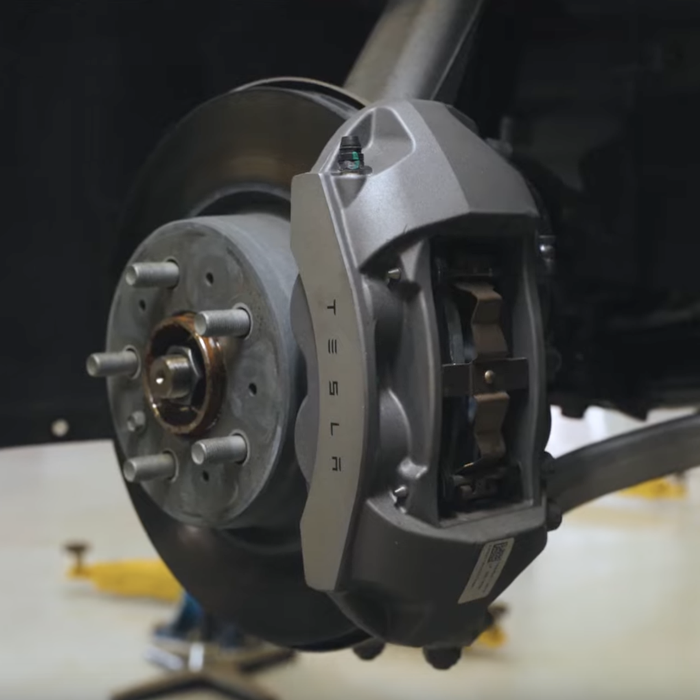
Regenerative braking is a feature of hybrid-electric and full electric vehicles, that allows them to capture kinetic energy when the vehicle slows or brakes; in traditional drivetrains this energy is transformed into heat via friction and is lost into the atmosphere.
There’s a real benefit to electric vehicles being able to draw on this energy. As the vehicle begins decelerating, the wheels begin spinning the electric motor’s output shaft, converting the kinetic energy into electricity, which in turn is used to recharge the car’s electric battery while being driven, extending its range.
Regenerative braking also slows the car down faster than normal deceleration, meaning there’s potentially less wear and tear on the vehicle’s traditional braking components. In some braking situations, the traditional brakes may barely be used at all.
While this may mean that brake pads and rotors last longer, there are some potential issues that may arise that could cause longer-term negative effects on the traditional brakes. With these brakes not being used as often, problems such as corrosion or caliper ceasing can become more prevalent and impact braking reliability.
Painted metal brake pad baking plates are prone to rust, and the heat from normal brake use dries them, helping to keep corrosion at bay. When they’re not used as often, moisture can persist and corrosion can start setting in – this can lead to the rusty backing plate sticking to the caliper and jamming against the rotor, causing damage and affecting safe braking.
There’s s a misconception that traditional brake servicing isn’t necessary when it comes to EVs thanks to their regenerative braking systems, but this simply isn’t true. In fact, leading technicians recommend a yearly brake service to ensure that brake components aren’t rusting together, and that the brake fluid remains serviceable. Drivers need to be confident that in emergency situations the brakes are working correctly.
It also helps to use brake pads specifically designed for hybrids and EVs such as Bendix’s EV-Hybrid range. These Bendix brake pads maintain a transfer film on the disc brake rotor, helping to prevent corrosion and ensuring consistent braking.
Available for a wide range of EVs, the Bendix EV-Hybrid range is locally designed in Australia using organic materials to deliver a lower environmental impact along with low dust and noise levels, resulting in cleaner wheels and longer disc brake rotor life.
The copper-free organic brake friction materials used in Bendix EV-Hybrid disc brake pads are certified to the Automotive Aftermarket Suppliers’ Association (AASA) ‘N’ rating. This rating confirms Bendix EV-Hybrid disc brake pads contain less than 0.5 percent of copper by weight and permits Bendix to use the AASA LeafMark™ ‘N’ icon.
Certification as ‘N’ rated under the AASA LeafMark™ backs Bendix’s commitment to copper-free brake pads, to minimise environmental impact. The AASA LeafMark™ for friction materials represents one of the most stringent environmental standards for brake materials and the Bendix EV-Hybrid material has been tested and accredited by an independent lab and certified to meet this high standard.
To learn more about regenerative braking, watch thebelow video:
For further information visit our website www.bendix.com.au
This article is brought to you by Bendix